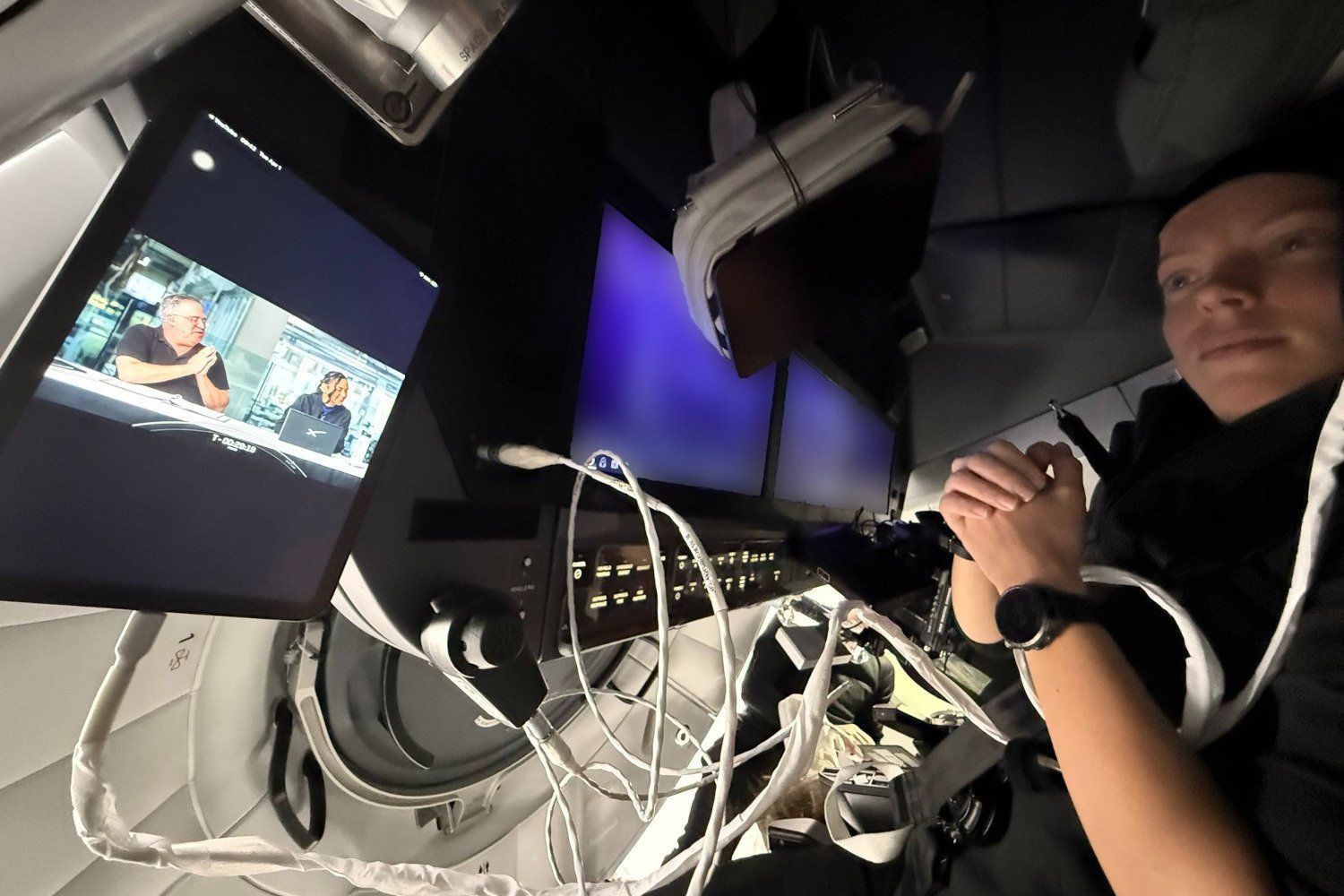
Fram2 Mission: SpaceX Takes Private Astronauts to Polar Orbit
Four space rookies are currently aboard a SpaceX Dragon spacecraft, observing Earth's polar regions and gathering data from a unique vantage point. The Fram2 mission has commenced with significant achievements in human spaceflight.
Launched on Monday from NASA’s Kennedy Space Center in Florida, SpaceX’s Fram2 mission is a commercial endeavor that has transported a crew of four private astronauts to an unprecedented orbit above Earth's polar regions. The Fram2 crew is already engaged in conducting research studies, sharing updates from space.
Chun Wang, a crypto billionaire and founder of Bitcoin mining companies f2pool and stakefish, leads the mission as commander. The crew also includes Jannicke Mikkelsen, a Norwegian cinematographer; Eric Philips, an Australian polar adventurer; and Rabea Rogge, a German robotics researcher. This marks the first spaceflight for all four crew members, with Wang reportedly funding the mission.
Wang described the launch experience on X: "The ride to orbit was much smoother than I had anticipated. I had imagined it would feel like being in an elevator that suddenly drops, but that sensation never came. If I hadn’t set free Tyler, the polar bear zero-gravity indicator, I might not have realized we were already weightless."
Challenges in Space
However, the initial hours in space presented challenges. Wang noted, "Space motion sickness hit all of us—we felt nauseous and ended up vomiting a couple of times. It felt different from motion sickness in a car or at sea...even a small sip of water could upset your stomach."
Despite the initial discomfort, the crew spent their first night watching the launch of the SpaceX Falcon 9 rocket. The following morning brought a sense of refreshment, and the astronauts enjoyed views from the Dragon spacecraft's cupola window. They also observed auroral activity over Earth's poles and aim to study STEVE (Strong Thermal Emission Velocity Enhancement).
During their initial days in orbit, the astronauts began their research, including a study on how human cognition adapts to the spaceflight environment.
The astronauts are conducting 22 research studies to enhance our understanding of human health in space and prepare for long-duration missions. They've also performed the first X-rays in space and tested SpaceX’s Starlink network. Rogge used an amateur radio, Fram2Ham, to contact Berlin.
The Dragon spacecraft orbits Earth's polar regions at an altitude of about 265 to 280 miles (425 to 450 kilometers), with an inclination of approximately 60 to 90 degrees to the equator. SpaceX has shared stunning visuals of Earth’s polar regions from space.
The mission is scheduled to last three to five days in orbit.
Source: Gizmodo